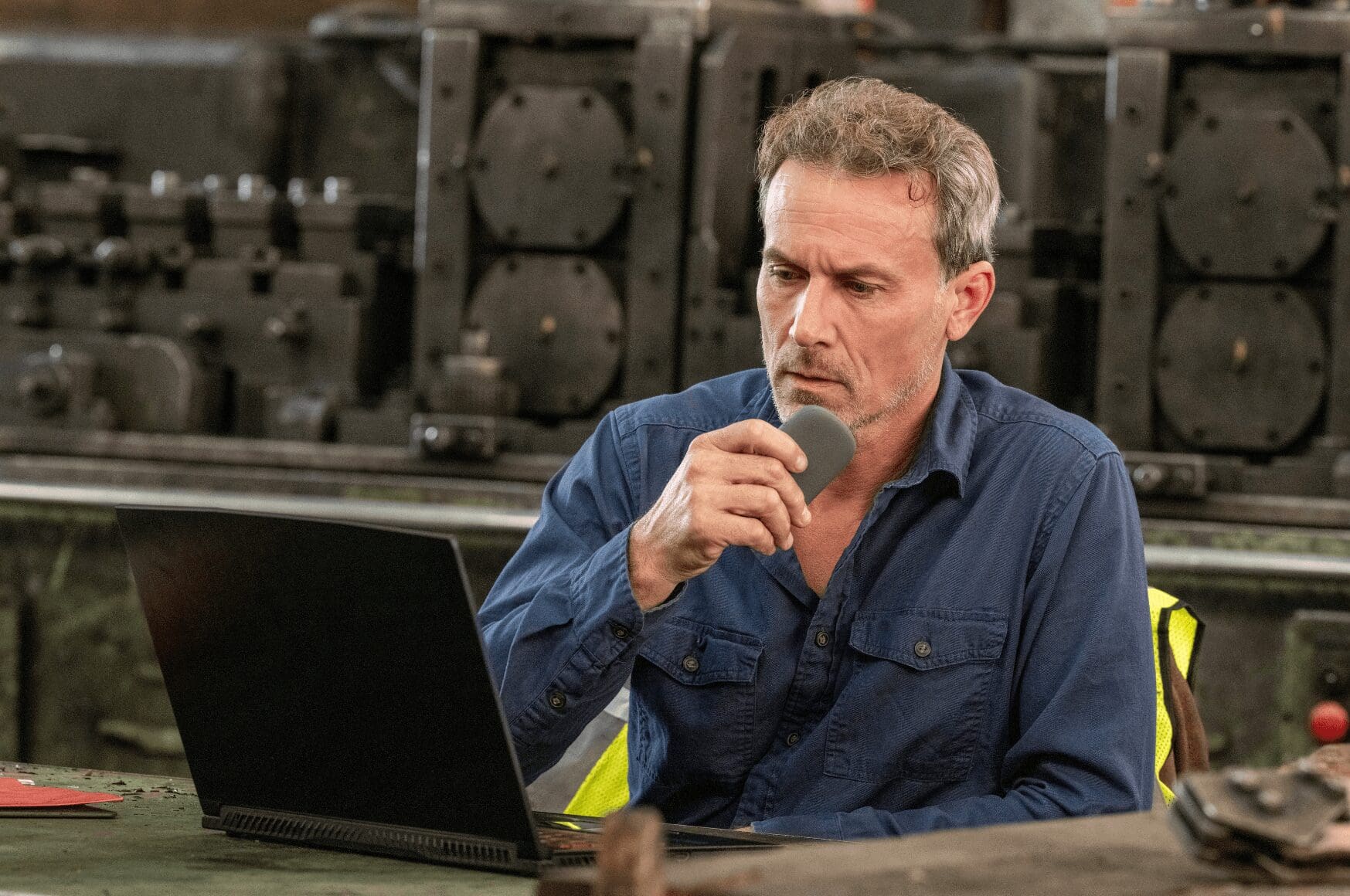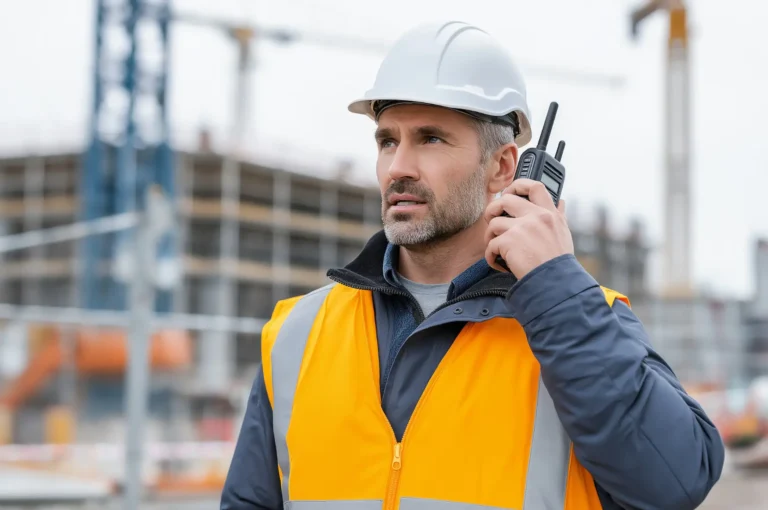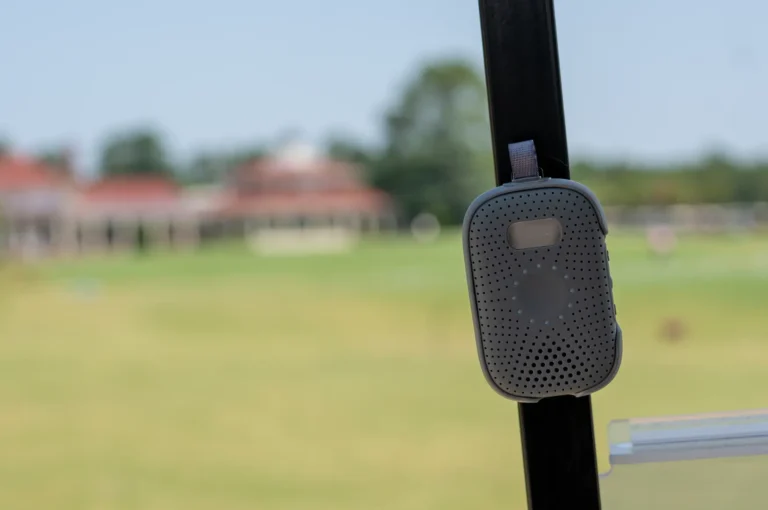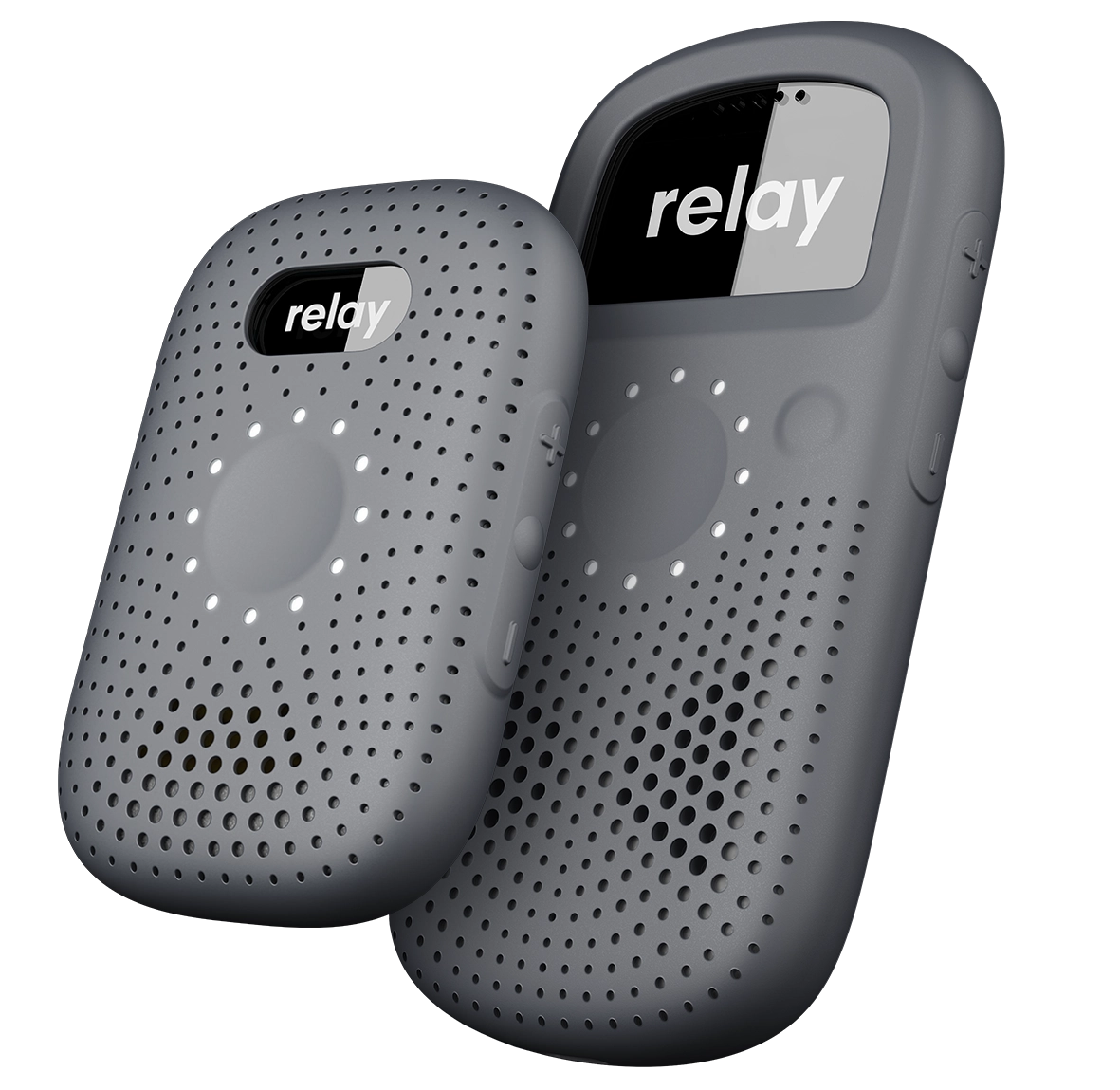Man down alarms have many names – panic buttons, lone worker devices, duress alarms, etc. – yet they all perform the same task; allowing workers to get help quickly in an emergency.
Not all man down alarms are the same. Some come in the form of wearable lanyards or bracelets, more commonly used by professions such as teachers or healthcare workers. Others are built into workplace communication devices, like walkie talkies and smart radios.
Smart radios are frequently used in the workplace to aid communication, yet have the added benefit of helping keep workers safe. Used in many industries – from construction to hospitality – these devices offer benefits to employers and their staff.
In this article, we’ll explain how man down alarms work, who can benefit from a lone worker device, and the best lone worker safety devices to use in a workplace.
What is a Man Down Alarm?
Man down alarms (also known as lone worker devices) are designed for people who work alone to use in an emergency to get help. Alarms typically have a panic button that can be pressed to immediately get the attention of a responder.
Man down alarms come in different formats, including:
- Wearable devices (e.g. a lanyard or wrist strap)
- Built into communication technology (e.g. a walkie talkie or smart radio)
Smart radios (like Relay) are used in several industries, including hospitality, construction, manufacturing, maintenance, education, and healthcare. These devices are primarily used to facilitate team communication and increase worker productivity, but they can also be used to promote better workplace safety.
Pros of a Man Down Alarm For Businesses
Workplaces and employees can certainly benefit from adopting personal safety devices for lone workers. Key benefits include:
Improved safety measures for lone workers
The primary benefit of a man down alarm is that it enables employees to get help quickly if there’s an emergency. This is particularly beneficial for lone workers, as it enables them to call for help when no one is around. This can improve the safety measures of a workplace and support the implementation of safety mandates.
Reduced risk of fatal accidents
A panic button or man down alarm won’t necessarily reduce the risks of accidents in the workplace, but it can help ensure medical assistance reaches a worker quickly. This can help keep workers safe and, in some cases, may reduce the risk of workplace accidents becoming serious or leading to a fatality.
For lone workers, the risk of serious injury or fatality in the workplace can be particularly high. This may be due to how they are less likely to receive fast help in an emergency if they are on their own.
Studies find that lone workers can be less likely to practice safe behaviors due to having to self-observe and self-manage. With no one around to spot or challenge poor or unsafe practices, they can be more at risk of injury.
Rapid response in an emergency
Man down alarms aren’t just designed to be used by lone workers. A panic button is suitable for most situations where staff need fast help or to report an emergency.
For example, if a customer displays threatening behavior, a panic button can be used to discreetly request help, which can help diffuse the situation and prevent a workplace assault.
Or if a fire breaks out in the workplace, panic buttons can be used by staff who are not close to a fire alarm to alert others. This can enable faster evacuation for staff and/or customers, which can potentially save lives.
Staff feel safer in the workplace
Employees must be kept as safe as possible in the workplace in line with OSHA guidelines, but it’s also important for staff to feel like their employer cares about their safety. A lone worker device can help staff feel safer.
An Ansell survey highlighted that 94% of workers want their employers to prioritize their physical safety. If your workforce doesn’t feel safe due to a lack of safety measures, they may leave to find an employer who does more.
Accidents in the workplace – even minor ones – can also impact employees. It can lead to low staff morale, which can lead to more accidents at work, with reports of 64% more accidents involving disengaged workers vs engaged workers.

Who Can Benefit From a Lone Worker Monitoring System?
In 2023, the US Bureau of Labor Statistics reported that 5,283 fatal workplace injuries were recorded, with a worker dying every 99 minutes from a work-related injury. The construction industry saw the most fatalities, along with warehousing, waste management, retail, and cleaning/maintenance industries.
Injuries are mostly caused by falls, slips, trips, and transportation accidents. In the retail sector, approximately 30% of fatalities were as a result of a homicide.
Based on this information, the types of workers that can benefit from carrying a man down alarm (or other lone worker monitoring device, like Relay) include:
- Construction workers (including roofers, builders, and surveyors)
- Retail and hospitality staff (including hotels, venues, and large stores)
- Maintenance, machinery, and facilities workers
- Warehouse workers
- Airport staff
- Security personnel
- Delivery drivers
- Window cleaners
How Does a Man Down Radio Work?
There’s a reason many businesses are choosing radios with man down functionalities over traditional man down alarms. Not only are they combining technologies into a device their workers already rely on, they want the ability to communicate with their lone working employees after an incident has occurred to learn more about the situation.
While different man down radios may vary in how you operate them, man down radios typically work as follows. Once activated, it sends an alarm signal to Relay devices designated as emergency responders, sharing the employee’s name and accurate location in the process. The responder can talk to the worker (via push to talk) to understand the issue and send the right help.
Read more about how Relay can be leveraged in man down scenarios:
Send instant panic alert to responders
After pressing the central push-to-talk button on the radio 5+ times, an alert is sent to a designated responder in real-time. This could be a manager on-site/nearby or an identified person who handles panic alerts, like a security guard.
Provides accurate location
Obtaining the worker’s location quickly is crucial. Relay contains built-in GPS and Bluetooth beacon tracking technology. This enables responders to pinpoint the location of a worker once the panic button has been activated.
Enables two-way talk
Relay’s communication device combines a panic alert system with two-way communication. This means both parties can communicate with each other in real time to send or receive the best help.
What are the Best Lone Worker Safety Devices? Here’s Why You Should Consider Relay
At Relay, our smart radios offer an all-in-one solution to enhancing workplace safety and improving team communications, particularly for businesses with lone workers. Built with worker safety in mind, our smart radios provide:
- Instant panic alerts: Our devices send alerts in less than a second, making Relay one of the fastest panic alarms available
- Two-way communication: Unlike other man down alarms, Relay combines two-way communications and panic buttons in one device to enable better responses
- Location tracking: Relay offers real-time location tracking at any time, allowing you to quickly identify worker locations indoors or outdoors
- Reliable connectivity: We offer unparalleled reliability, with triple cell carrier connectivity and redundancy with WiFi
- Compliance: We comply with legislation in multiple regions, as well as brand mandates, to help your business meet requirements
- Live language translation: A built-in live language translation feature reduces language barriers and enables clear communication in critical situations
- On the go visibility: Our Relay app enables managers to identify the location and communicate with employees nationwide, whether there’s an emergency or not
Discover how Relay can benefit your business and improve worker safety for your employees at your own pace in our on-demand video demo center.

FAQs
What is Classed as Lone Working?
A lone worker in the US is generally defined as someone who works:
- In an isolated area
- In a confined space
- In a remote location
- Without direct supervision
- Without close contact with other employees
- With customers, but no other employees or managers
- Off-peak hours
Are Walkie Talkies Reliable in an Emergency?
Walkie-talkies enable staff to call for help or share their location in an emergency. However, walkie-talkies are not necessarily reliable.
Walkie talkies are renowned for their poor and intermittent signal. In an emergency, clear communication is key to securing the right help. If a responder can’t understand or hear the SOS properly, this can leave a worker at serious risk.
Plus, in some cases, the worker may not be able to communicate their location effectively, which can increase the risk of serious injury or even lead to a fatality.
Read our comparison on walkie talkies vs smart radios.
Stay Safe and Connected With Relay
Staff safety is paramount, and Relay is the ideal solution for businesses that need a two-in-one solution to workplace safety and enhanced communications.
With an innovative dashboard that’s designed for system administration and alert management, we make communication simple for teams with lone workers.
If you’re ready to find a better way to enhance safety for your workers, book a one-on-one demo with one of our experts today.







